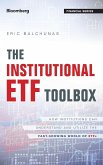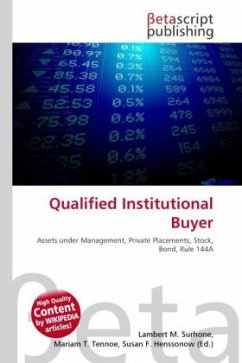M&A has become one common and important feature of
China s economic landscape. The government
encourages the consolidation of poor SOEs into non-
state-owned companies. A large amount of foreign
direct investment (FDI) takes the form of cross-
border M&A. The leading Chinese companies are
expanding the focus of their outbound M&A.
On the other side, China is still an emerging
economy going through a massive transition period.
This implies that in many aspects, such as the
mechanism of corporate takeovers, China still has a
long way to go before it reaches the standards of
developed economies. It implies that the market
compatible institutional framework in China s
transformation context is still evolving.
This book will study the topic in the view of
institutional economics. It focuses on analysing
the process of Chinese institutional change in the
last 30 years, paying specific attention to the role
of M&A in China.
China s economic landscape. The government
encourages the consolidation of poor SOEs into non-
state-owned companies. A large amount of foreign
direct investment (FDI) takes the form of cross-
border M&A. The leading Chinese companies are
expanding the focus of their outbound M&A.
On the other side, China is still an emerging
economy going through a massive transition period.
This implies that in many aspects, such as the
mechanism of corporate takeovers, China still has a
long way to go before it reaches the standards of
developed economies. It implies that the market
compatible institutional framework in China s
transformation context is still evolving.
This book will study the topic in the view of
institutional economics. It focuses on analysing
the process of Chinese institutional change in the
last 30 years, paying specific attention to the role
of M&A in China.








